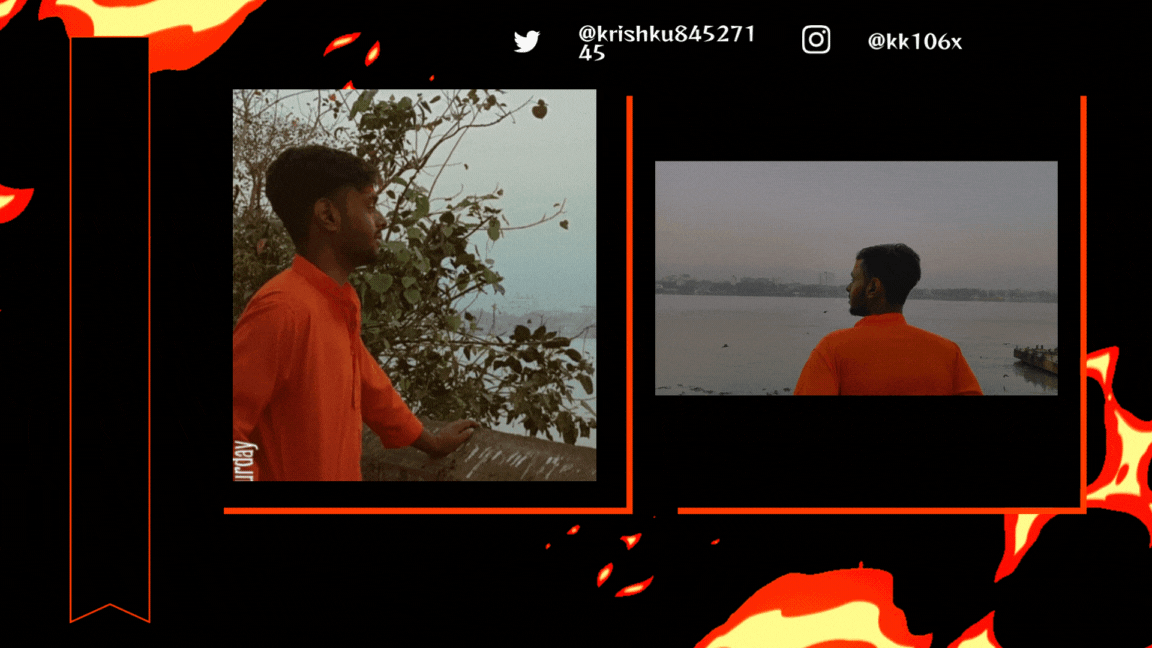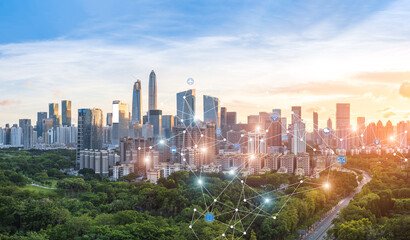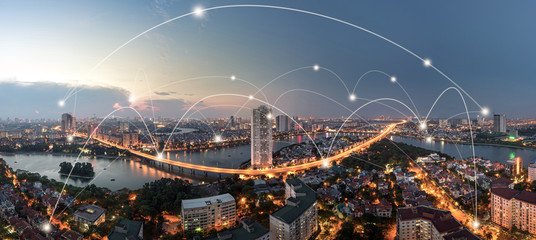Today ,more than half of all people in the world live in an urban area. By mid-century, this will increase to 70%. But as recently as 100 years ago, only two out of ten people lived in a city, and before that, it was even less. How have we reached such a high degree of urbanization, and what does it mean for our future? In the earliest days of human history, humans were hunter-gatherers, often moving from place to place in search of food. But about 10,000 years ago, our ancestors began to learn the secrets of selective breeding and early agricultural techniques. For the first time, people could raise food rather than search for it, and this led to the development of semi-permanent villages for the first time in history.
"Why only semi-permanent" you might ask. Well, at first, the villages still had to relocate every few years as the soil became depleted. It was only with the advent of techniques like irrigation and soil tilling about 5,000 years ago that people could rely on a steady and long-term supply of food, making permanent settlements possible. And with the food surpluses that these techniques produced, it was no longer necessary for everyone to farm. This allowed the development of other specialized trades, and, by extension, cities.
With cities now producing surplus food, as well as tools, crafts, and other goods, there was now the possibility of commerce and interaction over longer distances. And as trade flourished, so did technologies that facilitated it, like carts, ships, roads, and ports. Of course, these things required even more labor to build and maintain, so more people were drawn from the countryside to the cities as more jobs and opportunities became available. If you think modern cities are overcrowded, you may be surprised to learn that some cities in 2000 B.C. had population densities nearly twice as high as that of Shanghai or Calcutta.
One reason for this was that transportation was not widely available, so everything had to be within walking distance, including the few sources of clean water that existed then. And the land area of the city was further restricted by the need for walls to defend against attacks. The Roman Empire was able to develop infrastructure to overcome these limitations, but other than that, modern cities as we know them, didn't really get their start until the Industrial Revolution, when new technology deployed on a mass scale allowed cities to expand and integrate further, establishing police, fire, and sanitation departments, as well as road networks, and later electricity distribution.
So, what is the future of cities? Global population is currently more than 7 billion and is predicted to top out around 10 billion. Most of this growth will occur in the urban areas of the world's poorest countries. So, how will cities need to change to accommodate this growth? First, the world will need to seek ways to provide adequate food, sanitation, and education for all people.
Second, growth will need to happen in a way that does not damage the land that provides us with the goods and services that support the human population. Food production might move to vertical farms and skyscrapers, rooftop gardens, or vacant lots in city centers, while power will increasingly come from multiple sources of renewable energy. Instead of single-family homes, more residences will be built vertically.
We may see buildings that contain everything that people need for their daily life, as well as a smaller, self-sufficient cities focused on local and sustainable production. The future of cities is diverse, malleable, and creative, no longer built around a single industry, but reflecting an increasingly connected and global world.
Finally, the progression of urbanisation from large, contemporary cities to semi-permanent villages illustrates the flexibility and inventiveness of human civilization. Cities have grown and developed over the ages as a result of agricultural and technical improvements, becoming centres of opportunity, culture, and trade. As we look to the future, the issue will be to manage this expansion in a sustainable way so that cities can continue to offer their residents a sufficient amount of resources, infrastructure, and a high standard of living. We can design robust and flexible urban landscapes that satisfy the demands of an expanding global population by embracing vertical living, renewable energy, and local production. Future cities will be bigger, smarter, and more efficient, reflecting how our world is becoming more dynamic and linked.
THANKS YOU
Your readership is a gift that fuels my passion for writing. Thank you for investing your time and attention in my blog. Your support inspires me to keep sharing and creating.

Find me on :
This is my participation post for Initiative:MAYINLEO
Posted Using InLeo Alpha



It's great that your post spans for over 10,000 years of human history. However, wasn't the topic related to changes in your neighbourhood and/or community within last 20 years?
Yes, you are correct; I should have included the significant urban development, diversified population expansion, better community participation, improved public services, technology developments, and environmental initiatives.
Hm?
Congratulations @krish.kumar! You have completed the following achievement on the Hive blockchain And have been rewarded with New badge(s)
Your next target is to reach 200 upvotes.
You can view your badges on your board and compare yourself to others in the Ranking
If you no longer want to receive notifications, reply to this comment with the word
STOPCheck out our last posts:
thanks
All good @krish.kumar! You are a true inspiration for Hive! Keep going and reach your new target!
thanks
You're welcome
BTW, support and vote for our witness.
You will get one more badge and may get bigger upvotes from us when we notify you.
Source of potential text plagiarism
Hello.
Plagiarism is the copying & pasting of others' work without giving credit to the original author or artist.
We would appreciate it if you could avoid plagiarism of content (full or partial texts, videos, photography, art, etc.).
Thank you.
Guide: Why and How People Abuse and Plagiarise
If you believe this comment is in error, please contact us in #appeals in Discord.
Hello
@taskmaster4450le
@ubg @nrg
You may be losing curation rewards because the rewards on these scam accounts have been equalised:
krish.kumar
astha.singh
astha03
bunny3214